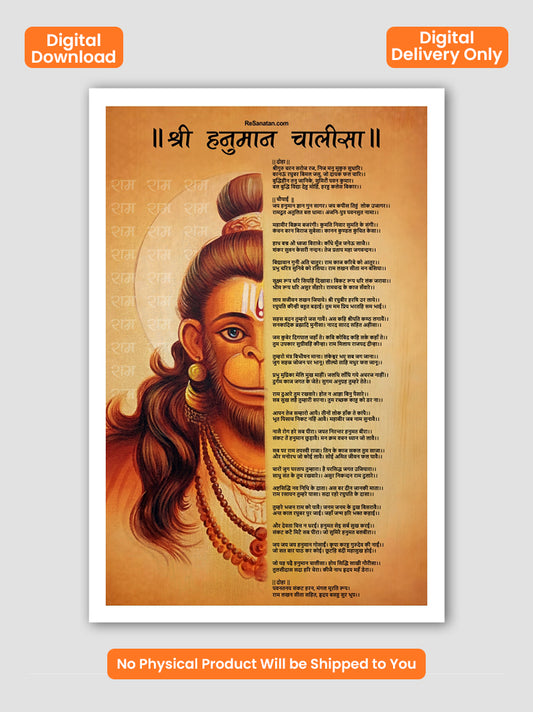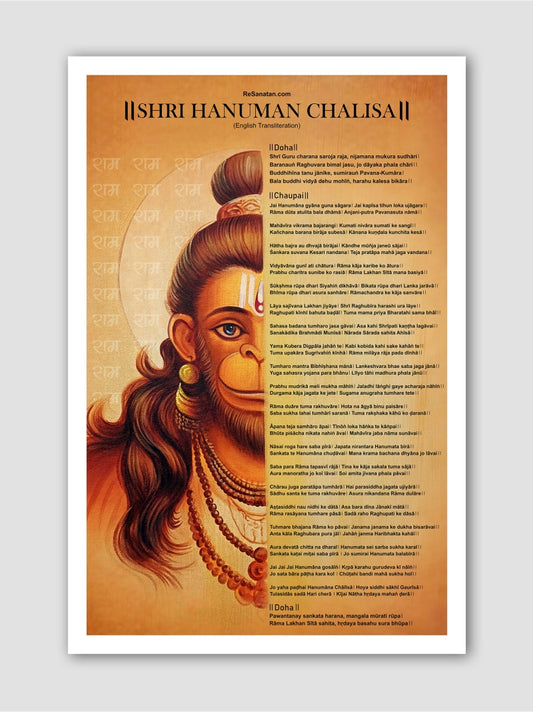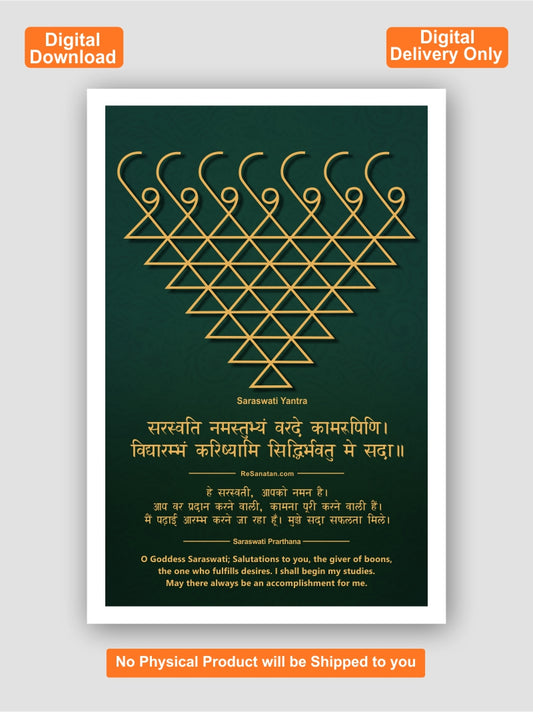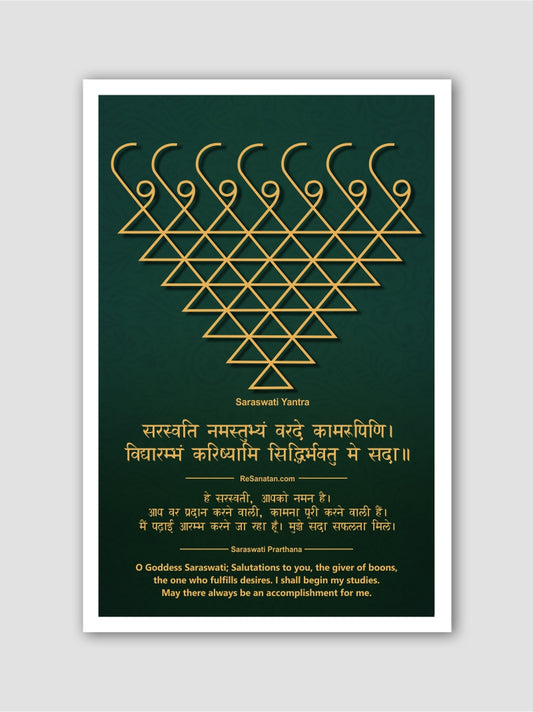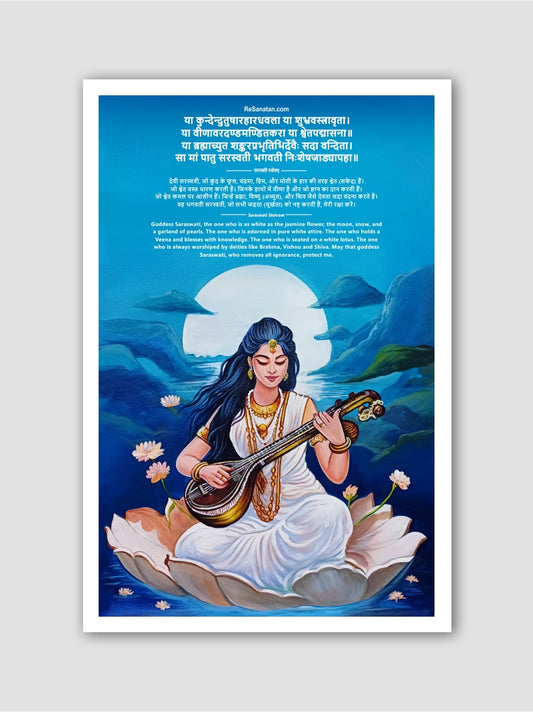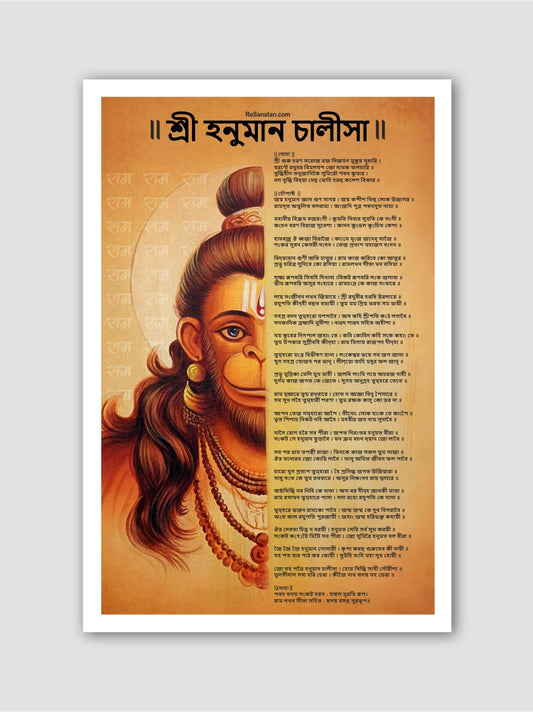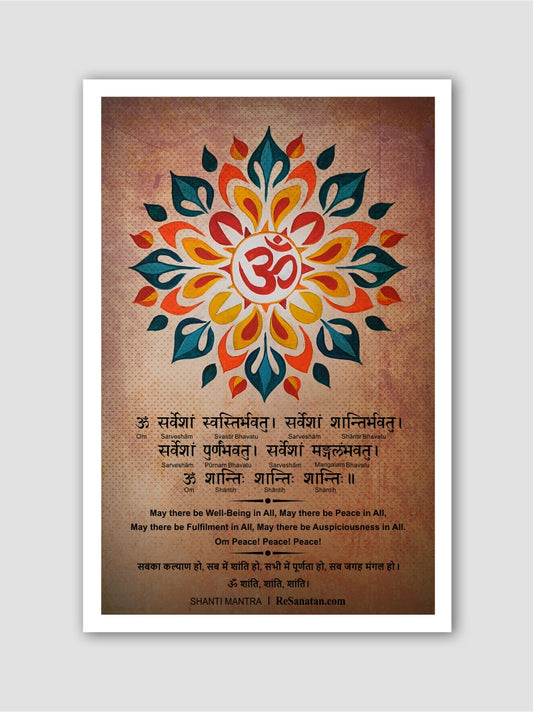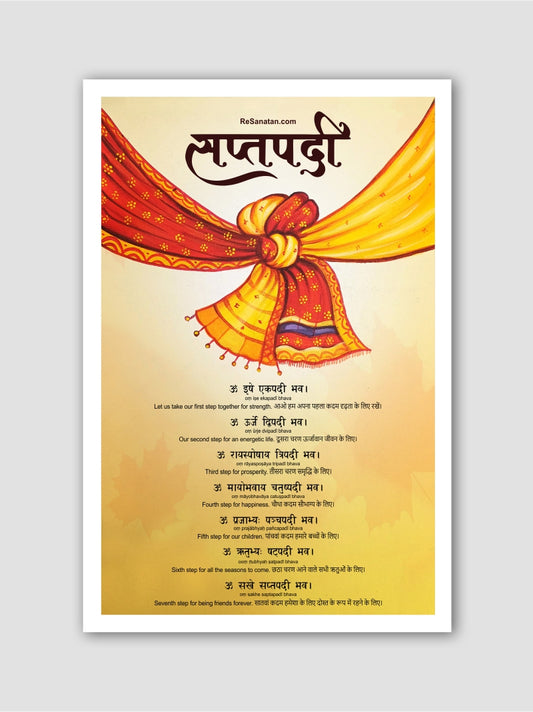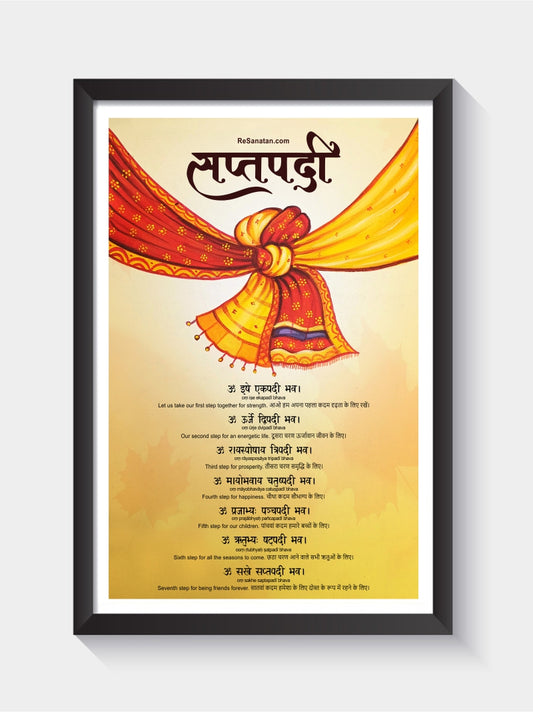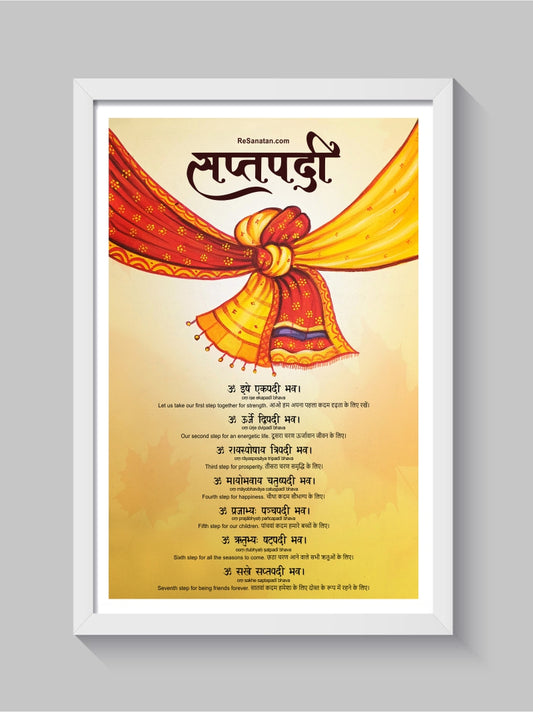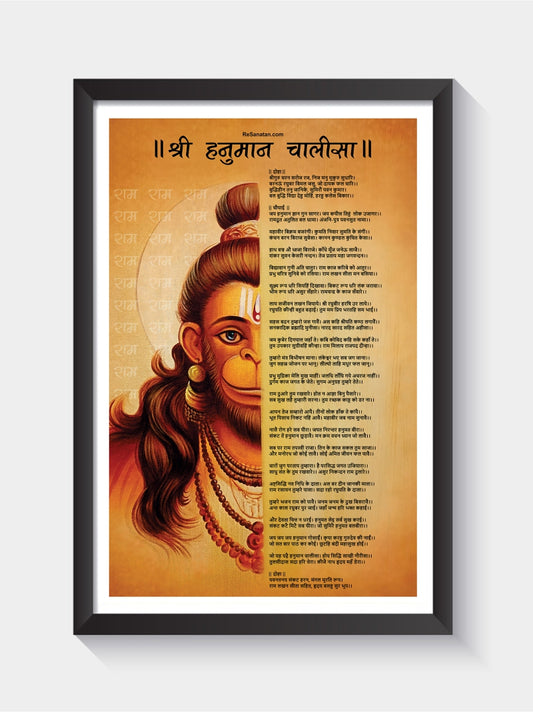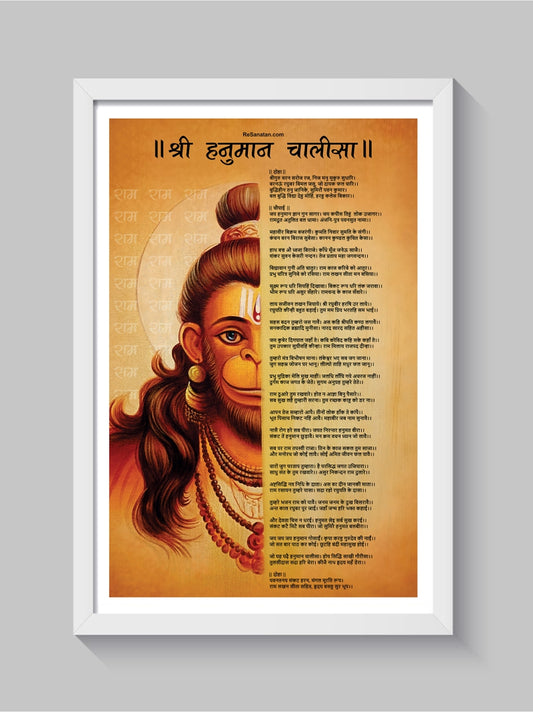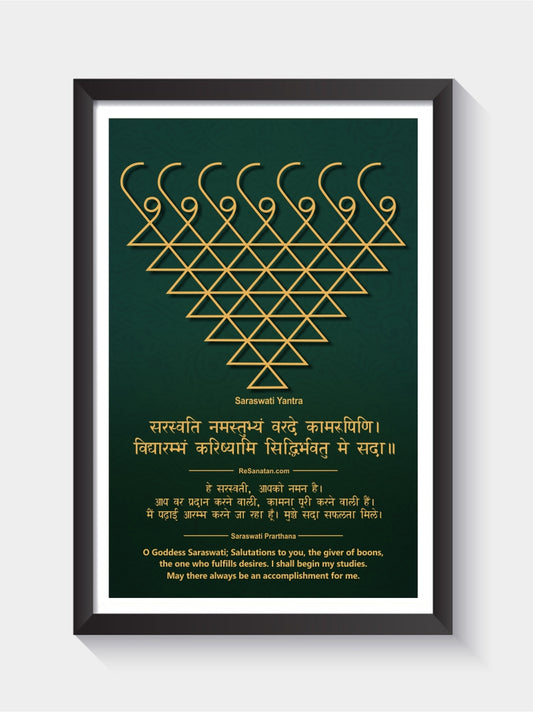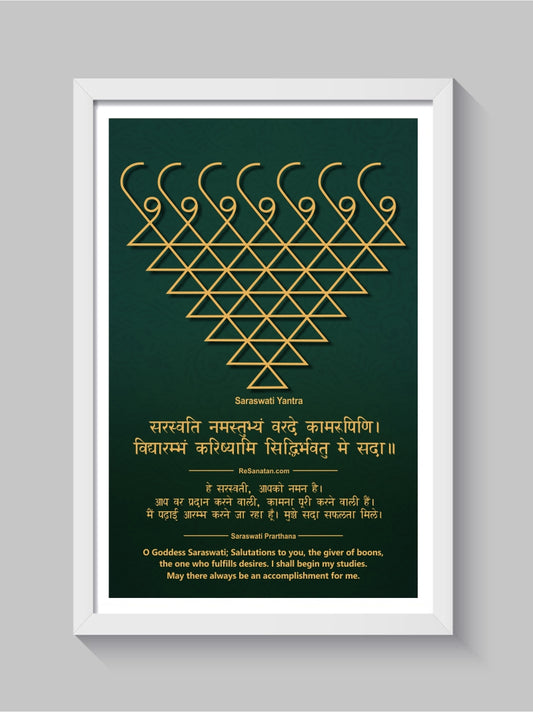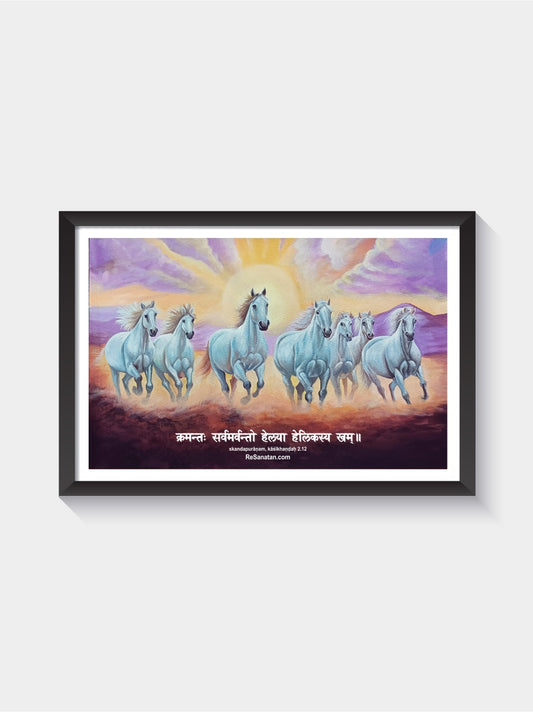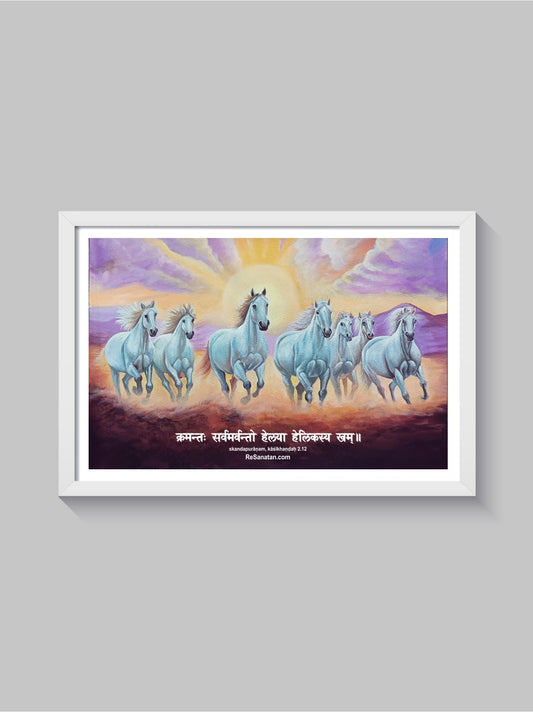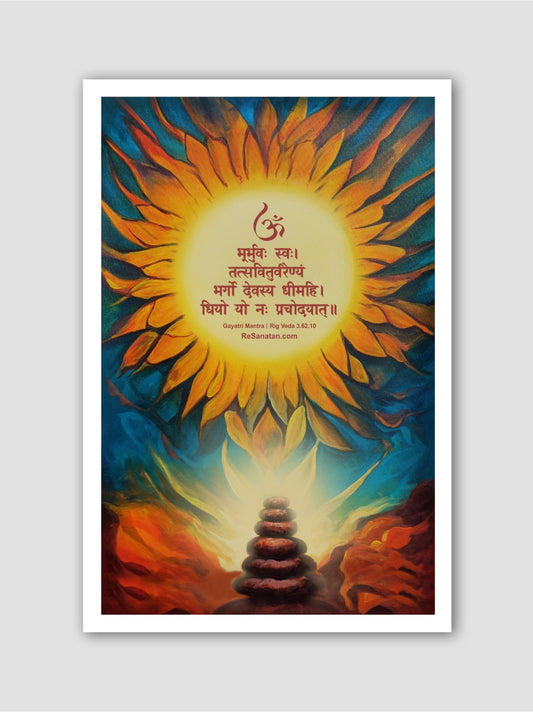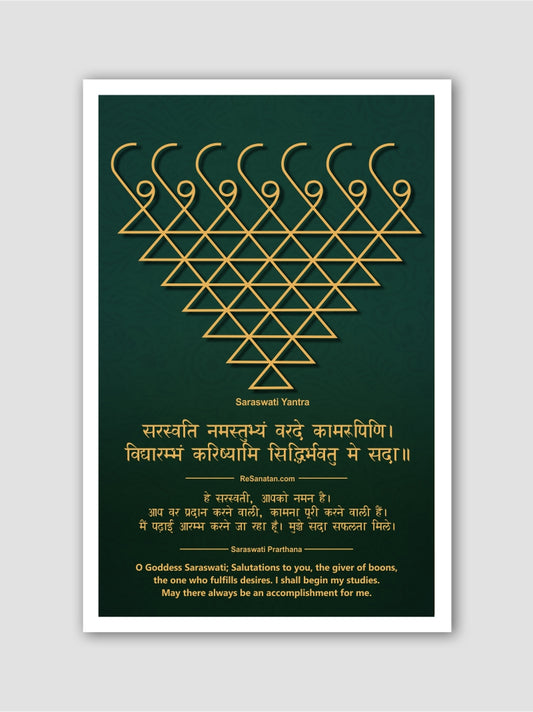Shrimad Bhagwat Maha Puran," also known as the "Srimad Bhagavatam," is one of Hinduism's principal ancient scriptures, revered for its depth and spiritual insight. Composed in Sanskrit and attributed to the sage Vyasa, this voluminous text is part of the Puranic genre of Indian literature, which narrates the history of the Universe from creation to destruction, genealogies of gods, goddesses, heroes, and mythical creatures, as well as the philosophies and teachings associated with them.
What is written in the Bhagwat Puran?
The Bhagwat Puran is a comprehensive text that discusses theology, cosmology, the essence of life, the nature of God, devotion, dharma (righteous living), and moksha (liberation or salvation). It promotes bhakti (devotion) towards the supreme god, Lord Krishna, presenting him as the ultimate reality and the source of all creation.
Cosmology and Creation
The Bhagwat Puran opens with a discussion on cosmology, detailing the creation, structure, and functioning of the universe according to Hindu cosmological concepts. It describes the process of creation, both material and spiritual, and the roles of the Trimurti (the Hindu trinity of Brahma, Vishnu, and Shiva) in the manifestation of the cosmos. The text delves into intricate details about the various levels of existence, from the physical universe to the spiritual realms.
Genealogies and Mythological Tales
A significant portion of the Bhagwat Puran is dedicated to genealogies and the stories of deities, sages, and kings. These accounts serve not only as historical or mythological records but also as moral and spiritual lessons. The tales of avatars (divine incarnations), particularly those of Lord Vishnu, are narrated with emphasis on their roles in restoring dharma (righteousness) and aiding devotees.
Lord Krishna's Life and Teachings
The 10th canto, which is often considered the heart of the Bhagwat Puran, extensively narrates the life and teachings of Lord Krishna. From his miraculous birth, childhood pranks, and youthful exploits to his profound teachings in the Bhagavad Gita and his role in the Mahabharata war, Krishna is depicted as the embodiment of divine love, wisdom, and power. His interactions with devotees, from simple cowherds to princesses, illustrate the accessibility of divine love to all, regardless of social or economic status.
The Path of Bhakti
Central to the Bhagwat Puran is the theme of bhakti. It advocates devotion to God as the most direct and potent means to achieve moksha (liberation from the cycle of birth and death). The text emphasizes that through loving devotion, individuals can cultivate a personal relationship with the divine, transcending the limitations of ritual and caste. The stories and teachings within the Purana aim to inspire this deep, personal devotion in the hearts of readers and listeners.
Philosophical Discourses
The Bhagwat Puran is not just a collection of stories; it is also a rich source of philosophical discourse. It addresses questions about the nature of reality, the soul, karma (action and its consequences), time, and the universe. Through dialogues between sages, gods, and devotees, the Purana explores complex spiritual concepts in an accessible manner, offering insights into the nature of existence and the path to ultimate truth.
Final Teachings and the Essence of Dharma
In its concluding sections, the Bhagwat Puran circles back to its philosophical roots, summarizing the essence of dharma and the importance of living a life of righteousness, compassion, and devotion. It reaffirms the message that the supreme goal of life is to develop an unwavering love for God, which leads to liberation.
Main Teachings of the Bhagavata Purana
The main teachings of the Bhagavata Purana encapsulate the essence of Vedantic philosophy, emphasizing bhakti as the highest form of spiritual practice, along with teachings on dharma (righteous living), karma (action and its consequences), and moksha (liberation). This article delves into these core teachings, shedding light on their significance and impact.
Supreme Importance of Bhakti
The paramount teaching of the Bhagavata Purana is the elevation of bhakti above all other forms of spiritual practice. Bhakti, or devotional service to the Supreme Lord, is presented not merely as a path but as the ultimate goal of life. The Purana articulates that through heartfelt devotion, the devotee can achieve a direct and personal relationship with God, transcending the limitations of the material world and the cycle of birth and death. This path is accessible to anyone, regardless of their social status, knowledge, or previous actions, emphasizing the inclusive nature of bhakti.
The Concept of God
In the Bhagavata Purana, God is depicted in his most complete and personal form as Krishna, who is both immanent in the world and transcendent. Krishna is portrayed as the source of all avatars and the ultimate object of love and devotion. The Purana illustrates through various stories how Krishna, despite being the Supreme Creator, engages in intimate relationships with his devotees, highlighting the personal nature of the divine and the possibility of a loving relationship with God.
The Eternal Soul
The Bhagavata Purana offers deep insights into the nature of the atman (soul), asserting its eternal nature and distinction from the physical body. It teaches that the soul undergoes cycles of birth and death due to its entanglement in karma and material desires but is essentially divine and immortal. Liberation (moksha) is the soul's release from this cycle, achieved through devotion to God, realization of one's true self, and detachment from the material world.
The Role of Dharma
While bhakti is the Purana's core teaching, it also emphasizes the importance of living according to dharma. Righteous living, ethical conduct, and adherence to one's duties are considered essential for spiritual growth and societal harmony. The Bhagavata Purana illustrates through various narratives how adherence to dharma supports the bhakti path and contributes to the well-being of the individual and the community.
Karma and Reincarnation
The Bhagavata Purana addresses the laws of karma — actions and their consequences — and the process of reincarnation. It teaches that every action has repercussions that bind the soul to the cycle of birth and death. However, it also offers hope, stating that through devotional service to Krishna, one can transcend karma and achieve liberation.
The Avatar Doctrine
A distinctive feature of the Bhagavata Purana is its detailed exposition of the avatar doctrine, describing how Vishnu descends in various forms (avatars) to restore dharma and protect his devotees. The Purana's tenth canto, which focuses on Krishna's life and teachings, is especially significant, providing devotees with a model of divine love and grace.
Inspiring Quotes from the Bhagavata Purana
Here, we explore some of the most inspiring quotes from this venerable text, presented in Sanskrit, followed by their transliterations, English translations, and meanings in Hindi, along with precise references to their origins within the text.
1. जन्माद्यस्य यतोऽन्वयादितरतश्चार्थेष्वभिज्ञः स्वराट् |
तेने ब्रह्म हृदा य आदिकवये मुह्यन्ति यत्सूरयः |
तेजोवारिमृदां यथा विनिमयो यत्र त्रिसर्गो मृषा |
धाम्ना स्वेन सदा निरस्तकुहकं सत्यं परं धीमहि ||
(Śrīmad Bhāgavatam 1.1.1)
(Janmādyasya yato'nvayād itarataś cārtheṣv abhijñaḥ svarāṭ |
Tene brahma hṛdā ya ādikavaye muhyanti yatsūrayaḥ |
Tejovārimṛdāṃ yathā vinimayo yatra trisargo mṛṣā |
Dhāmnā svena sadā nirastakuhakaṃ satyaṃ paraṃ dhīmahi ||)
English Translation:
"I meditate upon the Supreme Truth, from whom the creation, sustenance, and dissolution of the universe proceed, who is directly and indirectly cognizant of all manifestations, and who is independent. He imparted the Vedic knowledge to the heart of Brahma, the original sage. Even the gods are bewildered trying to comprehend Him. In whom the transformation of energy that constitutes the three modes of material nature is taking place, He is the constant truth, free from illusion, upon whom we meditate."
Hindi Translation:
"मैं उस परम सत्य का ध्यान करता हूँ, जिनसे ब्रह्मांड की सृष्टि, पालन, और प्रलय होता है, जो सभी अभिव्यक्तियों का सीधे और परोक्ष रूप से ज्ञान रखते हैं, और जो स्वतंत्र हैं। उन्होंने वैदिक ज्ञान को ब्रह्मा के हृदय में, जो मूल ऋषि हैं, प्रदान किया। देवता भी उन्हें समझने में भ्रमित होते हैं। जिनमें मूल गुणों के तत्व का परिवर्तन हो रहा है, वे स्थिर सत्य हैं, मोह से मुक्त, जिन पर हम ध्यान लगाते हैं।"
2. स वै पुंसां परो धर्मो यतो भक्तिरधोक्षजे |
अहैतुक्यप्रतिहता ययात्मा सुप्रसीदति ||
(Bhāgavata Purāṇa 1.2.6)
(Sa vai pumsāṃ paro dharmo yato bhaktiradhokṣaje | Ahaituky apratihatā yayātmā suprasīdati ||)
English: "The supreme occupation [dharma] for all humanity is that by which men can attain to loving devotional service unto the transcendent Lord. Such devotional service must be unmotivated and uninterrupted to completely satisfy the self."
Hindi: "मानवता के लिए सर्वोत्तम धर्म वह है जिससे मनुष्य परमेश्वर की भक्ति में लग सके। ऐसी भक्ति निष्काम और अविरल होनी चाहिए ताकि यह आत्मा को पूर्ण रूप से संतुष्ट कर सके।"
3. धर्मः स्वनुष्ठितः पुंसां विष्वक्सेनकथासु यः |
नोत्पादयेद्यदि रतिं श्रम एव हि केवलम् ||
(Bhāgavata Purāṇa 1.2.8)
(Dharmaḥ svanuṣṭhitaḥ puṃsāṃ viṣvaksenakathāsu yaḥ | Notpādayedyadi ratiṃ śrama eva hi kevalam ||)
English: "Duty performed without attachment, which does not inspire attraction to the stories of the Lord, is simply labor wasted."
Hindi: "बिना आसक्ति के किया गया धर्म, जो भगवान की कथाओं के प्रति आकर्षण पैदा नहीं करता, वह केवल व्यर्थ का परिश्रम है।"
4. श्रवणं कीर्तनं विष्णोः स्मरणं पादसेवनम् |
अर्चनं वन्दनं दास्यं सख्यं आत्मनिवेदनम् ||
(Śrīmad Bhāgavatam 7.5.23)
(Śravaṇaṃ kīrtanaṃ viṣṇoḥ smaraṇaṃ pādasevanam |
Arcaṇaṃ vandanaṃ dāsyaṃ sakhyam ātmanivedanam ||)
English Translation:
"Hearing about Vishnu, chanting His glories, remembering Him, serving His lotus feet, worshiping Him, praying to Him, serving Him, befriending Him, and surrendering everything unto Him – these are the nine forms of Bhakti."
Hindi Translation:
"विष्णु के बारे में सुनना, उनकी महिमा का गान करना, उन्हें याद करना, उनके चरण कमल की सेवा करना, उनकी पूजा करना, उनसे प्रार्थना करना, उनकी सेवा करना, उनसे मित्रता करना, और उन्हें सब कुछ समर्पित कर देना – ये भक्ति के नौ रूप हैं।"
5. तत्तेऽनुकम्पां सुसमीक्षमाणो भुञ्जान एवात्मकृतं विपाकम् |
हृद्वाग्वपुर्भिर्विदधन्नमस्ते जीवेत यो मुक्तिपदे स दायभाक् ||
(Bhāgavata Purāṇa 10.14.8)
(Tatte'nukampāṃ susamīkṣamāṇo bhuñjāna evātmakṛtaṃ vipākam | Hṛdvāgvapurbhirvidadhan namaste jīveta yo muktipade sa dāyabhāk ||)
English: "One who observes with empathy and acceptance, enduring the consequences of his own actions, and offers respect with heart, words, and body, lives entitled to liberation."
Hindi: "जो व्यक्ति सहानुभूति और स्वीकृति के साथ देखता है, अपने कर्मों के परिणामों को सहन करता है, और हृदय, वचन, और शरीर से सम्मान प्रदान करता है, वह मुक्ति के अधिकारी के रूप में जीवित रहता है।
6. तस्माद्गुरुं प्रपद्येत जिज्ञासुः श्रेय उत्तमम् |
शाब्दे परे च निष्णातं ब्रह्मण्युपशमाश्रयम् ||
(Bhāgavata Purāṇa 11.3.21)
(Tasmādguruṃ prapadyeta jijñāsuḥ śreya uttamam | Śābde pare ca niṣṇātaṃ brahmaṇyupaśamāśrayam ||)
English: "Therefore, a person who sincerely desires the highest good should surrender to a guru who is not only well-versed in the Vedas but is also absorbed in the Supreme Brahman and established in tranquility."
Hindi: "इसलिए, जो व्यक्ति उच्चतम भलाई की इच्छा रखता है, उसे ऐसे गुरु को प्रणाम करना चाहिए जो न केवल वेदों में निपुण हो, बल्कि परम ब्रह्म में लीन हो और शांति में स्थापित हो।"
These verses from the Śrīmad Bhāgavatam offer a panoramic view of the spiritual landscape covered in this sacred text, from the value of human life to the simplicity of attaining divine grace. Each verse is a testament to the depth of Vedic wisdom, providing practical and profound guidance for living a life aligned with spiritual principles.
Bhagwat Puran: Origin and Date
Its origin and dating are subjects of scholarly debate, largely because ancient texts like these were transmitted orally before being written down, and their compositions spanned various authors and eras.
Traditionally, the Bhagavata Purana is attributed to the sage Veda Vyasa, who is considered to be the compiler of the Vedas and the author of the eighteen Puranas, the epic Mahabharata, and the Vedanta Sutras. Vyasa's authorship symbolizes the sage's spiritual and literary authority, although the text itself was likely composed and compiled by multiple authors over a period of time.
Most scholars agree that the Bhagavata Purana was likely composed between the 8th and 10th centuries CE. This period coincides with the emergence and consolidation of bhakti movements across India, which revered personal gods like Vishnu, Shiva, and Devi. The text's emphasis on devotion to Krishna and the detailed accounts of his life and teachings align with the growing popularity of Krishna-centric worship during this time.
Determining the exact origin and date of the Bhagavata Purana is challenging due to the nature of its composition and transmission. While it is traditionally ascribed to the ancient sage Vyasa, the text likely reached its final form sometime between the 8th and 10th centuries CE, reflecting the growing importance of bhakti within Hindu practice and philosophy. Despite uncertainties about its exact date of composition, the Bhagavata Purana remains a central text in Hindu devotional literature, deeply influencing religious thought, practice, and culture in India.
Difference between the Bhagavad Gita and Bhagwat Puran
The Bhagavad Gita and the Bhagwat Puran (Srimad Bhagavatam) are two of the most revered texts in Hinduism, each occupying a unique place in the spiritual and cultural consciousness of its adherents. Despite sharing common themes such as devotion, dharma, and the nature of the divine, they differ significantly in form, content, and purpose. Understanding these differences provides deeper insights into their individual contributions to Hindu philosophy and spirituality.
Form and Context
Bhagavad Gita: The Bhagavad Gita is a 700-verse scripture that is part of the Indian epic Mahabharata. It takes the form of a dialogue between Prince Arjuna and his charioteer, Lord Krishna, on the battlefield of Kurukshetra. The Gita is concise and focused, primarily concerned with presenting philosophical and ethical dilemmas and resolutions.
Bhagwat Puran: In contrast, the Bhagwat Puran (Srimad Bhagavatam) is a voluminous work, consisting of twelve books (cantos) with over eighteen thousand verses. It is a standalone Purana that narrates the creation of the universe, the deeds of gods and avatars, and the principles of devotion through a wide array of stories and teachings.
Central Themes
Bhagavad Gita: The central theme of the Bhagavad Gita is the exploration of dharma (righteous duty), karma (action), and bhakti (devotion), along with philosophical discussions on the nature of reality, the self, and the universe. It provides guidance on how to live a righteous life and fulfill one's duties while staying detached from the material world and focused on the divine.
Bhagwat Puran: The Bhagwat Puran, while also discussing dharma and karma, places a greater emphasis on bhakti as the highest path to salvation. It extensively covers the glory and exploits of Lord Krishna, promoting him as the Supreme Being and the embodiment of divine love. The Puran uses stories and narratives to illustrate the power of devotion and the ways in which it can transform the lives of devotees.
Literary Style and Audience
Bhagavad Gita: The Gita is a philosophical text that employs a dialogic format, making complex concepts accessible through a conversational style. It is intended for an audience seeking answers to ethical and philosophical questions, especially those pertaining to duty and the moral dilemmas faced by individuals.
Bhagwat Puran: The Srimad Bhagavatam, with its narrative style, appeals to a broader audience, including those who are drawn to stories of divine deeds and miracles. Its use of narratives, poetry, and songs makes it not only a text of philosophical depth but also a work of literary beauty that appeals to the heart as much as to the mind.
Purpose and Impact
Bhagavad Gita: The Gita aims to provide guidance on living a life of righteousness and spiritual discipline. It addresses the moral and ethical struggles faced by individuals and offers a way to achieve spiritual liberation through the performance of duty without attachment.
Bhagwat Puran: The purpose of the Bhagwat Puran is to inspire devotion and love for God. It aims to draw the reader closer to the divine through enchanting tales of Krishna's life and the lives of his devotees. The text seeks to instill a deep sense of bhakti, which it presents as the simplest and most effective path to achieving eternal bliss and liberation from the cycle of birth and death.
Spiritual Wisdom for the Modern Seeker
The Srimad Bhagavatam remains a vital source of spiritual guidance, offering insights into the nature of reality, the importance of devotion, and the possibility of liberation. Its universal messages of love, compassion, and the pursuit of truth resonate with seekers of all paths, making it a timeless treasure in the world's spiritual literature. Through its teachings, the Bhagavatam invites us to reflect on our own lives, urging us to embrace a path of heartfelt devotion and selfless service as means to attain the highest spiritual fulfillment.

